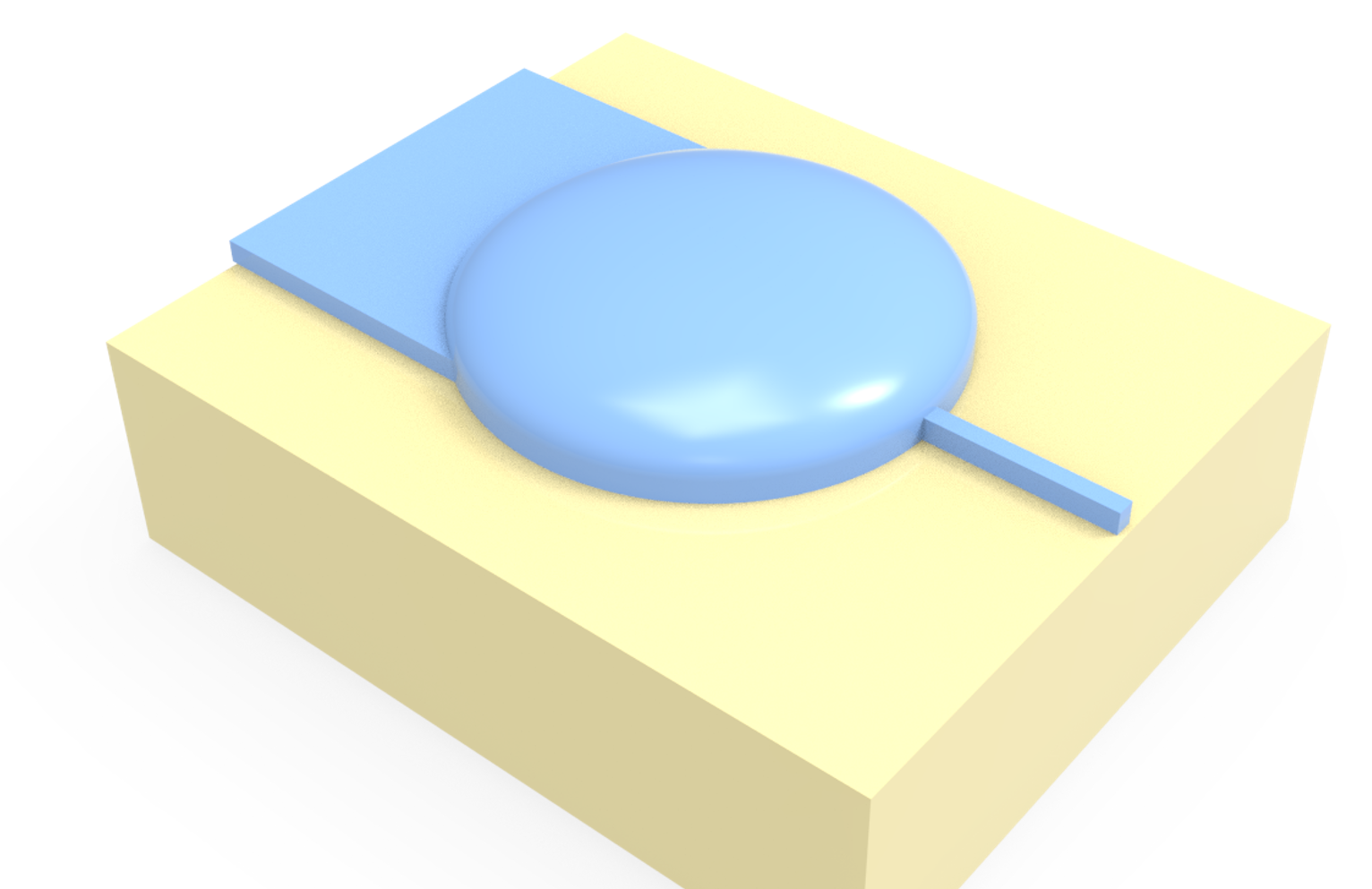# Waveguide size converter
It is common to have waveguide components of different widths and potentially thicknesses on a photonic integrated circuit (PIC). Therefore, having a low-loss waveguide size converter becomes a necessity. The most common and simple size converter is adiabatic waveguide tapers. However, to achieve low loss and meet the adiabatic condition, the taper inevitable needs to be very long, which is not ideal in many modern high-density PIC designs. To alleviate this shortcoming of the conventional adiabatic taper, novel designs of compact size converter have emerged.
In this example, we aim to simulate different types of size converters and compare their performance. We first simulate linear adiabatic tapers of different lengths. Subsequently, we will demonstrate two compact designs: one based on Luneburg lens and the other based on semi-lens emerged from segment optimization. These novel designs achieve ~-0.5 dB loss while being only about 6
To view the full example in Python, please click here (opens new window).

